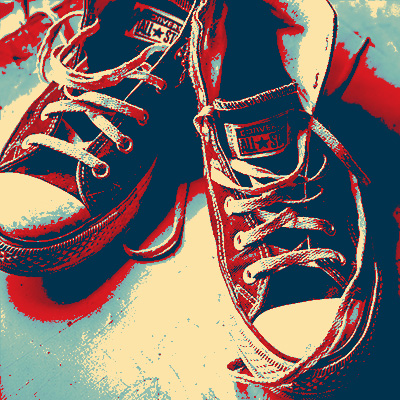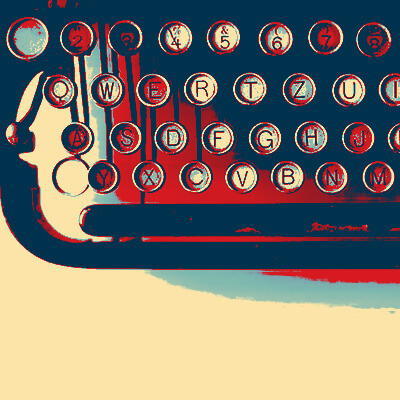I have been very pleased with the IT trainers from GroovyTek who have been to my house. They were very helpful!
Need Help? Call Us.
877.201.3586
Tidy Up Your Tech: How to Organize Files on Your Computer

General Rules
1. Don’t put files on the desktop
Your desktop is supposed to be clean and display that gorgeous high-resolution wallpaper you’ve got going on.
2. Use files and folders effectively
Folders hold files within them. Like storing individuals papers in a file cabinet. Make sure to name your files and folders strategically.
3. Save Documents in “Documents”
Make sure when you store a picture, to save it in the “pictures” folder. The major file types are either Pictures or Documents.
4. Clear your downloads folder
Clean out files in “Downloads” that you no longer need. Any attachment you click on from an email or the internet goes into your downloads.
5. Use the “Spotlight Search” function
Holding down “Command” on the keyboard while pressing spacebar will bring up the Spotlight Search. Simply click on the magnifying glass symbol in the upper right.
Files vs Folders
The “Finder” is where you will find your files & folders. All programs and data are contained in a file. A folder holds one or more files, and it can be empty with just a name. Folders provide a method for organizing files.
Folder Organization
Naming Files & Folders
- When naming your files or folders, make sure to keep them brief but also detailed.
- Shorter names are easier to find and remember, while being detailed allows you to differentiate between files.
Create Subfolders
- You can put Folders inside of other folders called “subfolders”
- Example: Inside your “Documents” folder, you may have many other folders to organize files.
Cleaning House
- Start with your downloads folder. Delete unneeded files and drag files out of downloads into their appropriate folders.
- Now move onto your desktop, deleting unneeded files or shortcuts. Also drag files into the appropriate folders.
- Delete duplicate files!
How to Use the Search Bar
Apple
- Use the Search bar at the top right to quickly navigate to files, folders, and applications *Spotlight Search
- Finder is your resource for file browsing.
- Use the File Destination at the bottom to quickly jump to previous folders and files.
Windows
- Use the search bar at the bottom left to quickly navigate to files, folders, and programs.
- File Explorer is your resource for file browsing.
- Use the Back, Forward, and Up buttons at the top left of the file explorer window to quickly jump to previous folders.
Client Reviews
I think your service is great! I have used it, and I booked 2 sessions for my 83-year old husband who bought himself a new Ipad, but didn't know how to use it. He's been ill, so it was a great help that you came to the house. Thanks for the service.
Susan S
I have always had the best computers that Apple offered, but the problem was that I never knew how to use them. Thanks to my GroovyTek trainer, my tech skills have increased exponentially and I am feeling more competent and confident with each lesson.
John B
We have had several help sessions with a GroovyTek trainer. WE could not be more pleased. My trainer takes all our questions and while answering types up his answers so even after he leaves, we can refer to his notes. I would recommend GroovyTek to any of my friends or family without hesitation. BTW, ALL the employees at this firm are extrememly knowledgeable and friendly.
Tom D
Spectacular people. Knowledgeable, professional, customer focused and easy to work with. I have used their services a couple of times (because I am over 40) and they are great to work with.
Jim H
It is comforting to know if you have technical problems there is a Hands On source to get help. These trainers listen to your problems, find solutions and work with you until you understand the solution, their patience is outstanding. This is a great way to not only solve problems but to learn about the ever-changing world of technology; there are class presentations, small group gatherings or one-on-one in your home with kind, friendly, people.
Ingrid S
A wonderful service in every aspect from calling in to set up an appointment with GroovyTek and follow ups as well as the fabulous help, patience and expertise of the tech who came to the house to work with me with my computer issues. I would highly recommend GrooveyTek for all your computer needs! Thanks so much!
Jean G
I was just delighted and on my way to practice new found skills. My trainer was on time, friendly, knowledgeable, and very patient with this little old lady (age 78). I didn't have to take notes to remember - he recorded it on his tablet and sent me a copy to download so I have my instructions, step by step. So pleased with the service and the follow-up.
Karen M
The trainers are so friendly, and helpful. They certainly have lots of patience and knowledge. They make you feel so comfortable asking questions you would not dare ask your family to show you again how to do. They are always welcome in my home, sometimes I hate to see them go!
Debera F
GroovyTek did a great job! My trainer was on time, professional and she solved my slow computer. Great job, GroovyTek! I will use your services again.
Marcia F
I had a session with GroovyTek over the phone today. It was extremely helpful to me because I was able to see everything that he was doing on my computer as he was talking. I was then able to follow his actions to do what he was doing as well. What a way to go!
Carole M
I had a serious issue with my bank website not being secure. This was a very technical problem. I used the Remote Session option to get help. My GroovyTek trainer kept at it until we finally resolved the issue.
Jeff W
I'm very pleased with my session today with GroovyTek. My trainer was able to fix both my computer and my printer (problems with both) and instructed me on how to correct the issues if they occurred in the future. We also made plans for my next session. I find GroovyTek sessions extremely helpful and convenient since they are in my home.
Eva S
I have had two great sessions with GroovyTek and finally I have learned to use my smartphone calendar! I'm looking forward to my next session.
Mary D
I was so pleased to find GroovyTek. Although I am pretty tech savvy in some areas there are others where I need help. GroovyTek has helped me fill in that gap of information. I made an appointment to help me sync my devices and also help me learn how to organize my photos. The trainer was knowledgeable and able to explain things very clearly.









